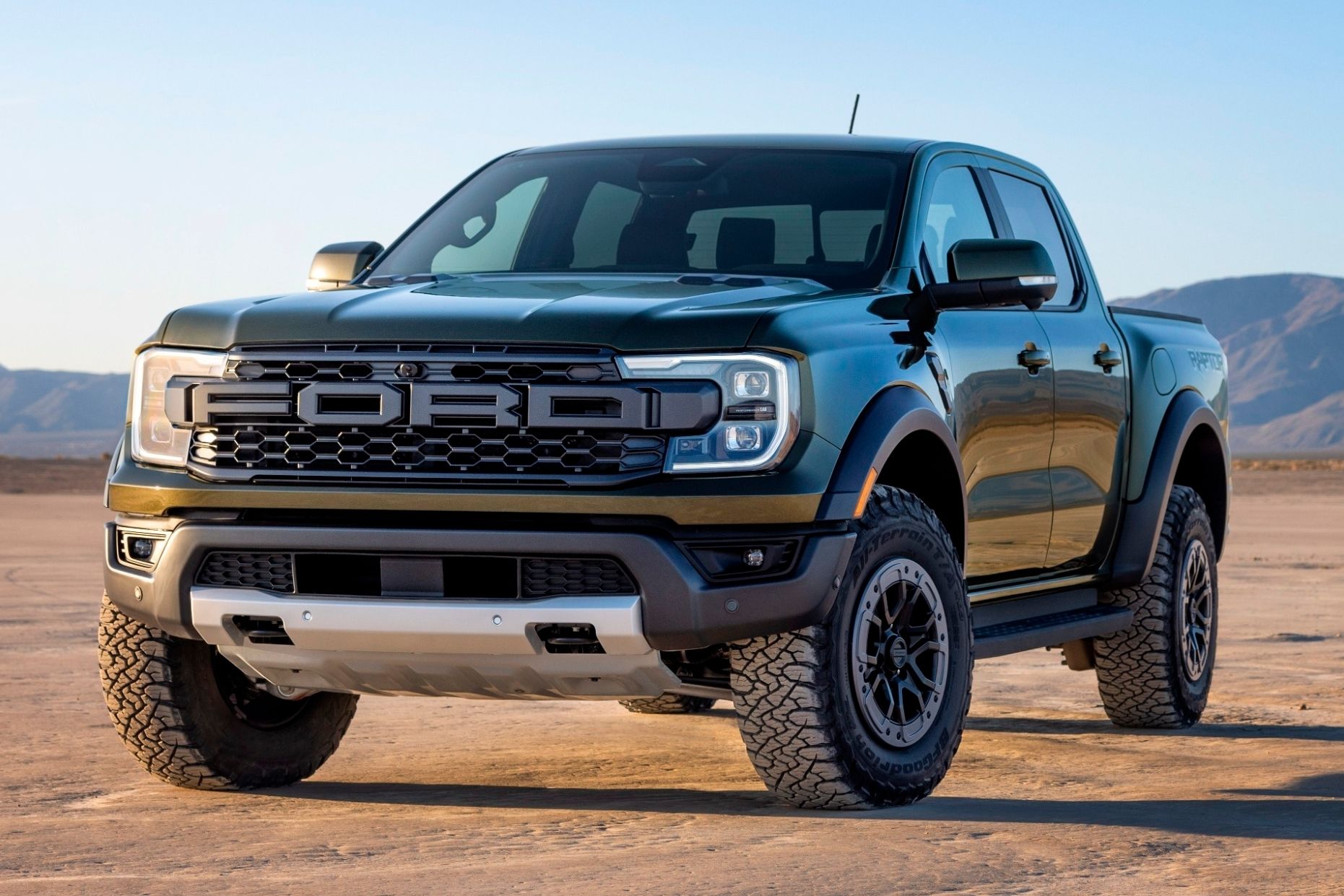
American truck fans rejoiced at the start of this year when the 2023 Ford Ranger Raptor was revealed. While the larger F-150 Raptor has been sold here for some time, the Ranger Raptor will finally provide a smaller high-performance off-road truck for fans of the Blue Oval. The new Raptor is based on the all-new Ranger, a truly global model that will no longer be an afterthought for the American market.
Now, Ford South Africa - another massive market for the Ranger - has shared a behind-the-scenes look at the painstaking process that brought the new Ranger Raptor to life. From a basic sketch to the finished product that arrives in your local showroom, there were myriad steps along the way to get the Raptor just right.
After the creative brief has been finalized, designers begin sketching the new truck in a process that "always starts with a pencil and paper," according to exterior design manager, Dave Dewitt. Well, it must be many pencils and pieces of paper because "hundreds" of these sketches are then selected to move to the next phase.
This involves a virtual recreation of the sketches. These virtual sketches serve as a master reference but also as a basis for the clay modeling phase of the project. These 1/3 scale models add a physical form to the new truck for the first time before full-size versions are created. Machines do the carving first but master sculptors apply the finishing touches, and from these clay models, the design chief approves the final design which is then frozen.
It's not just the exterior that gets created from clay. Life-sized versions of the dashboards, steering wheels, and seats are also made. By the time the clay modeling process ends, over 8,818 pounds of clay have been used; that's over twice the weight of a current base Ranger sold in the United States.
While the clay modelers are busy, the team that handles colors and materials already starts choosing the textures, fabrics, and colors for the vehicle. At the same time, the interior design team works on creating a practical cabin.
"Our design brief for the Ranger Raptor was to really lean into 'form following function' and take Ranger to the next level," said Max Tran, chief designer, Ranger Raptor. Raptor family design cues like the FORD lettering on the grille, wide fenders, and steel bash plate were all important to link the Ranger Raptor to other Raptor models.
Inside, the team wanted a cockpit that was both expressive - with Ford Performance Code Orange bursts of color - as well as sporty. That can be seen in the use of Ford Performance seats that were inspired by the inside of the F-22 Raptor jet fighter. Earlier this year, we did note, however, that the new Raptor isn't as customizable as we had hoped - not in the land down under, at least.
"Jet fighter seats need to be supportive both side to side and up and down," said Nick Eterovic, interior design manager. "We spent a lot of time looking at key details of the F-22 seats and how we could incorporate them into the Ranger Raptor's seat design. And we wanted to make sure those in the back were just as comfortable as those in front."
The 12.4-inch digital instrument cluster, My Mode button with selectable driving modes, and magnesium gear shift paddles are other highlights scattered around the cabin. Ford even went as far as to use virtual reality technology to allow teams from across the globe to collaborate on the truck's development.
The new Ranger Raptor is expected to arrive in the US sometime in the first half of next year. Its 3.0-liter EcoBoost V6 will produce 392 horsepower and 430 lb-ft of torque, making it more powerful than the capable Chevrolet Colorado ZR2 with its 310-hp 2.7-liter four-cylinder turbo mill. We can't wait to pit these two tough rivals against each other next year.
